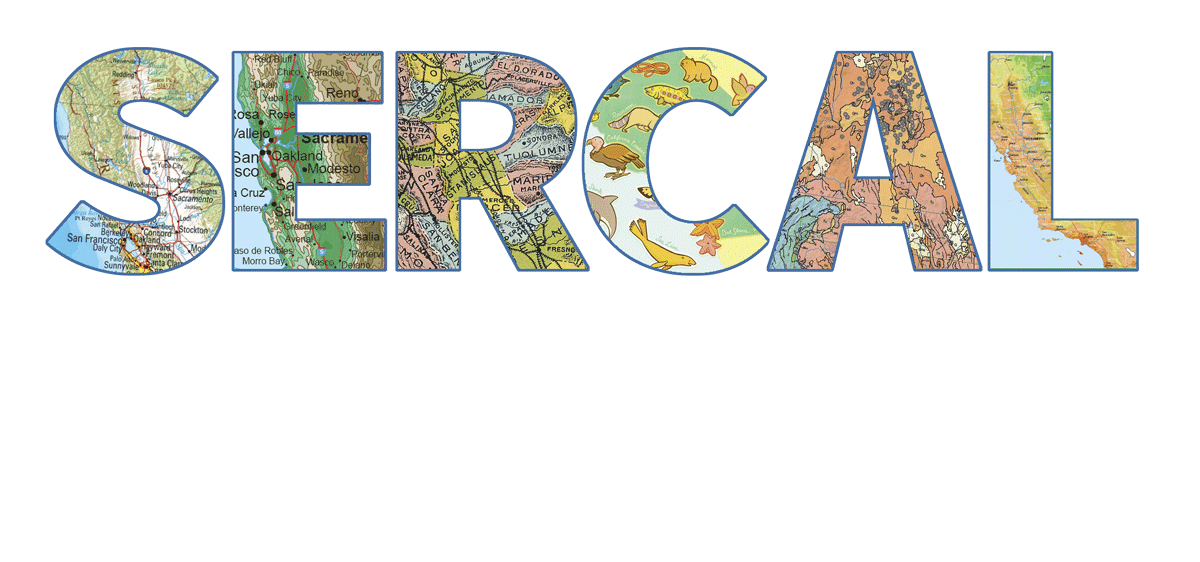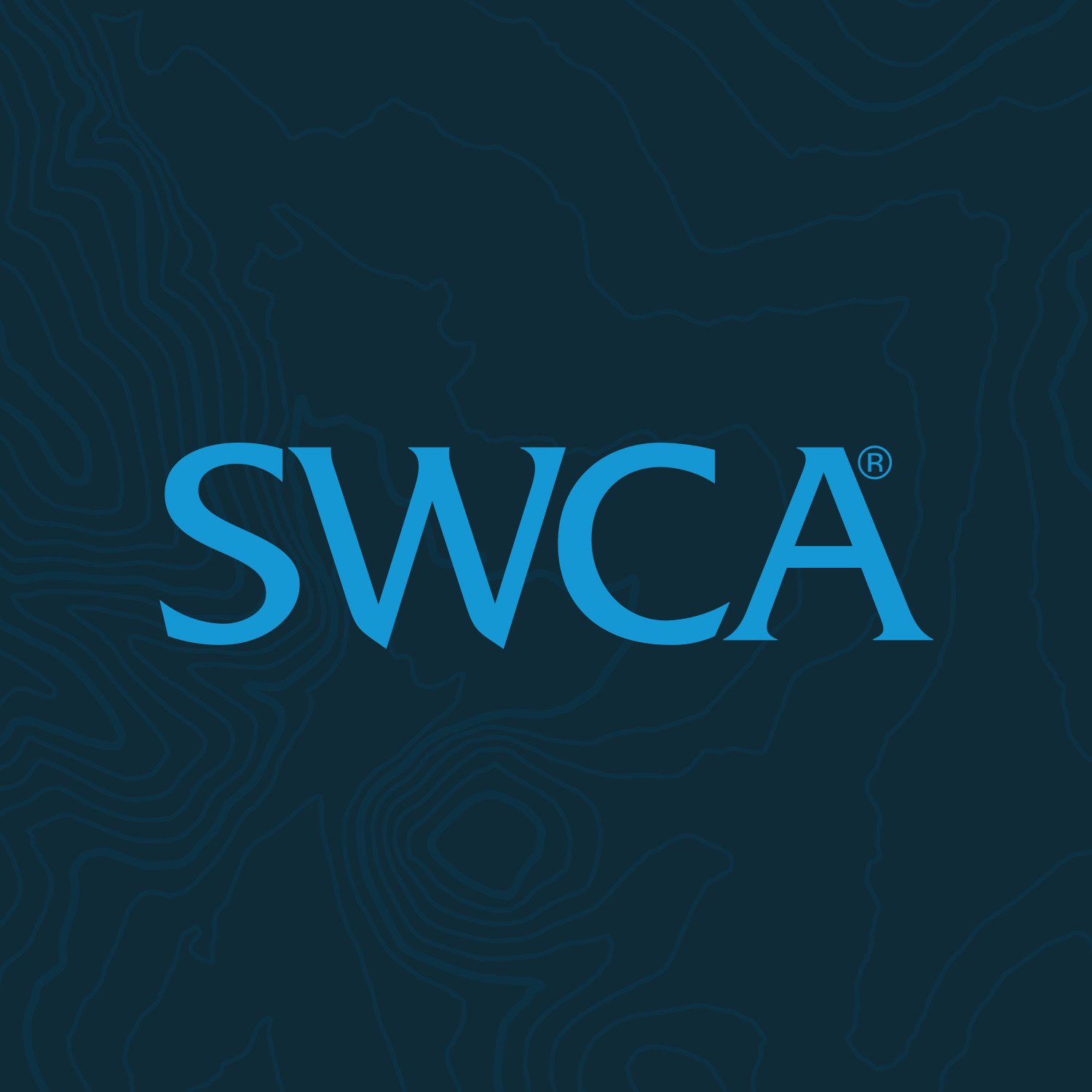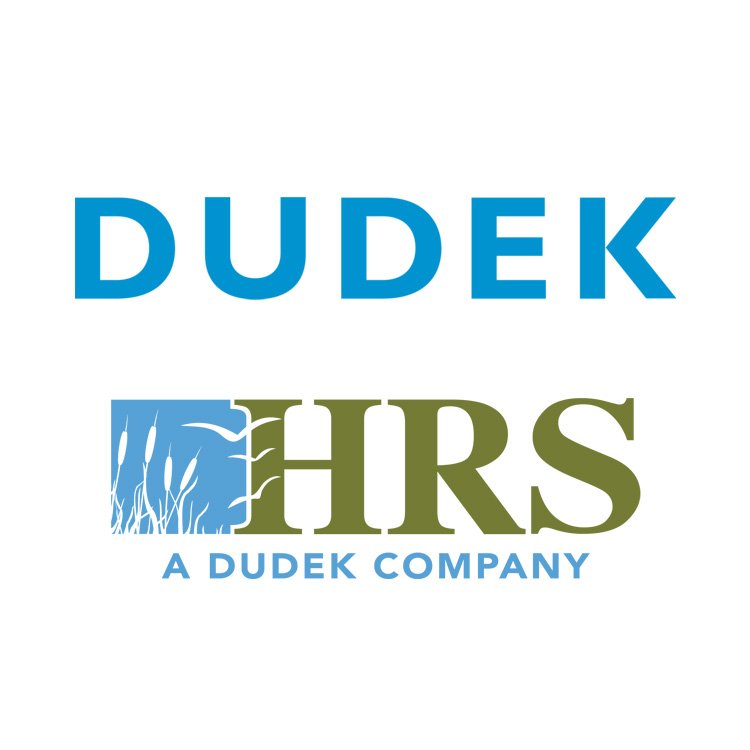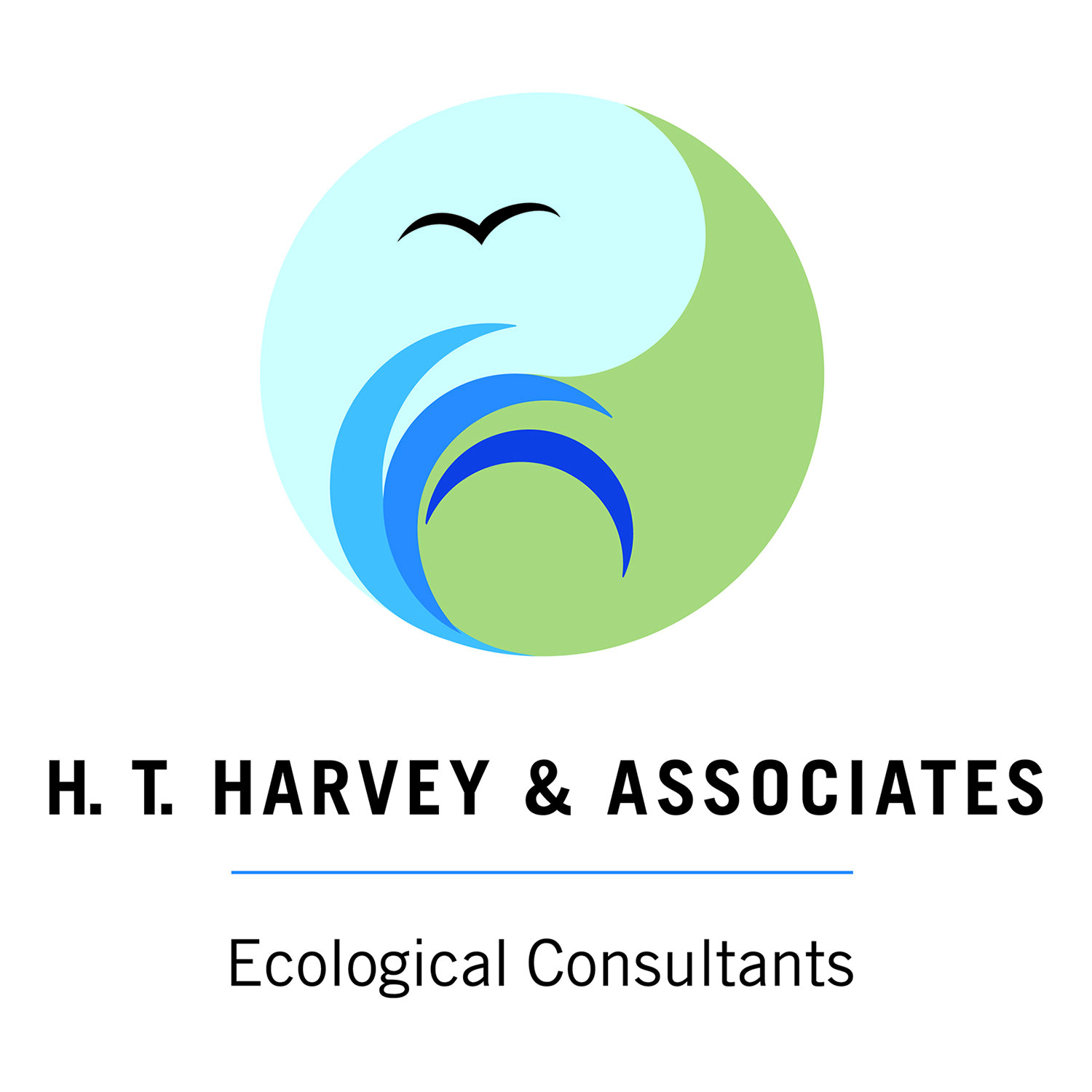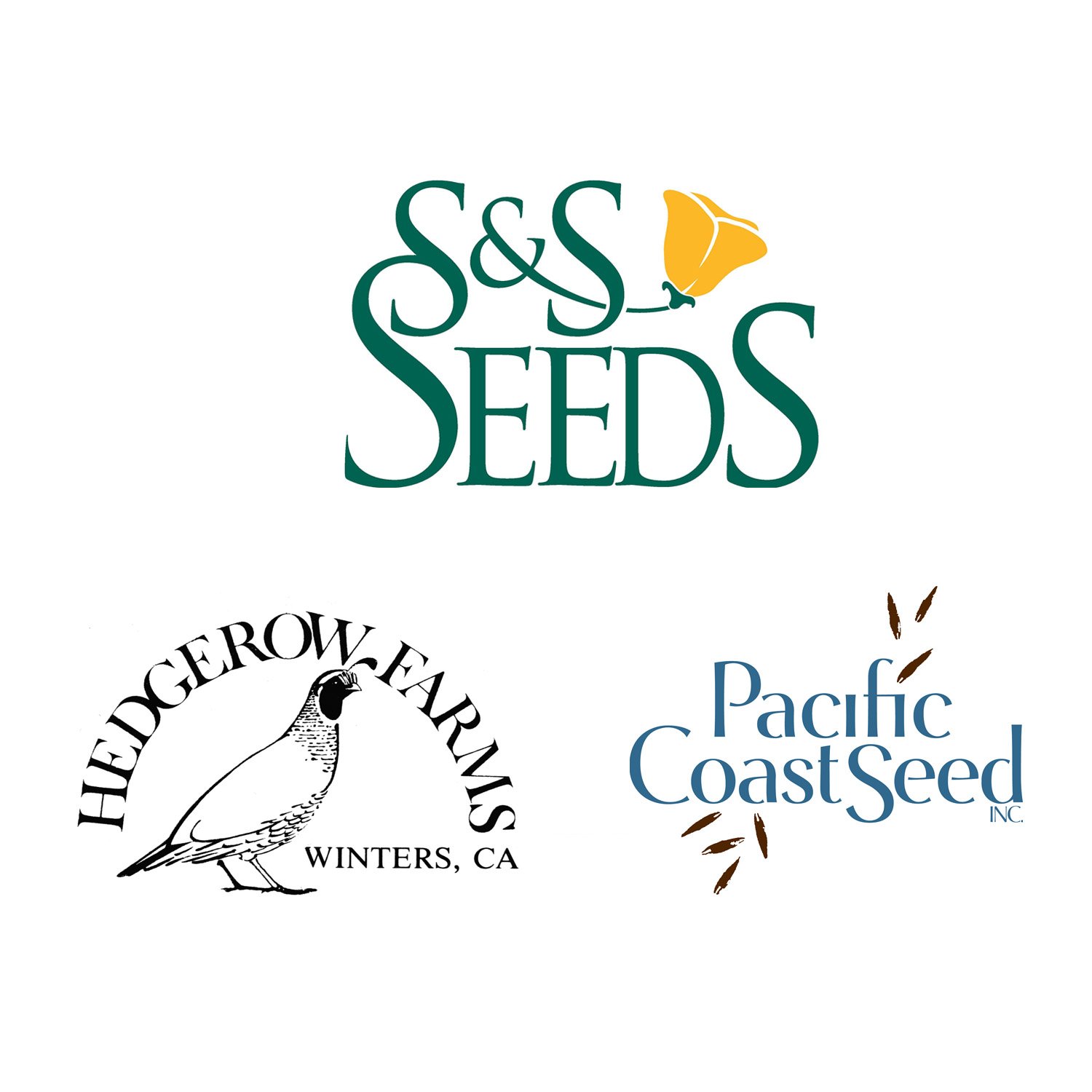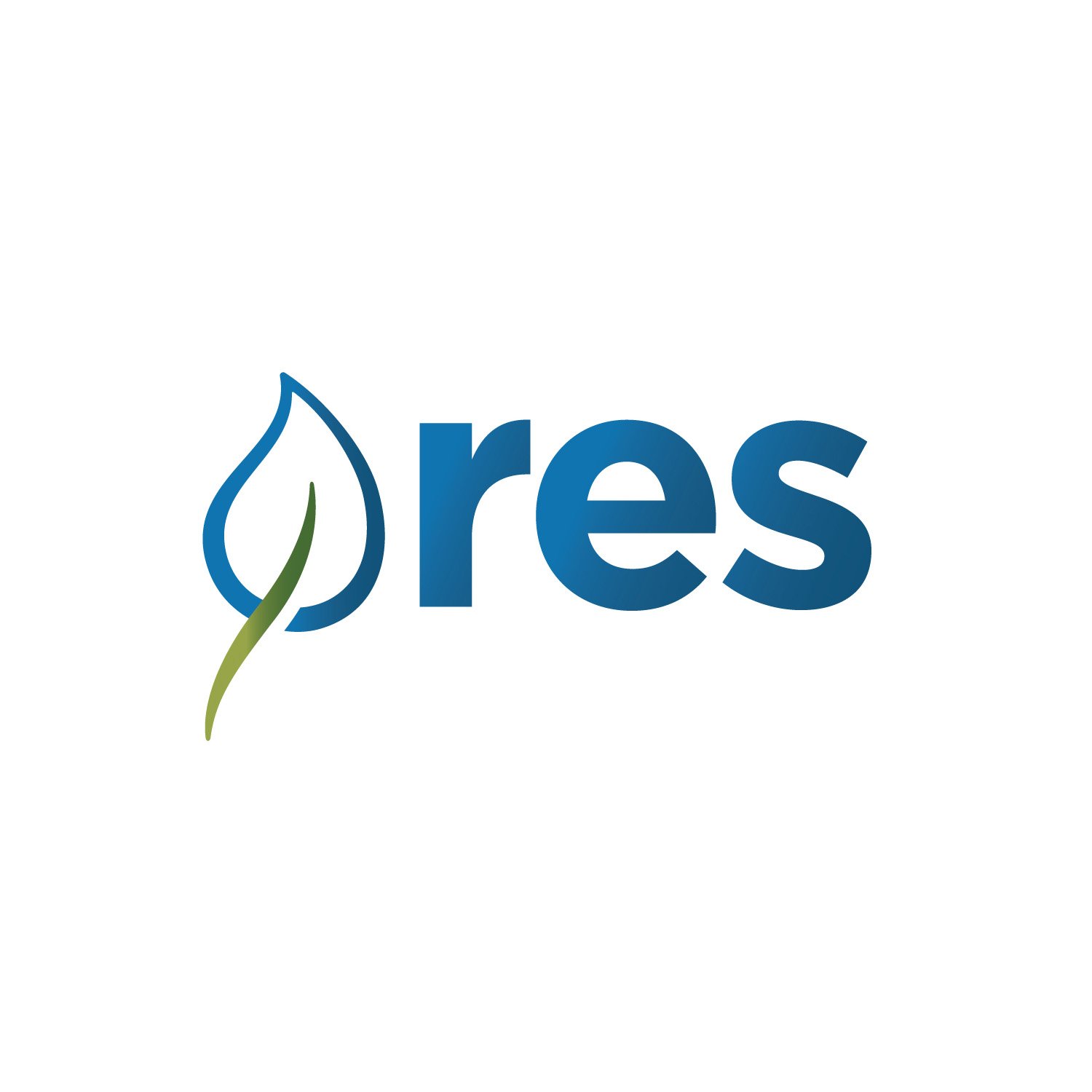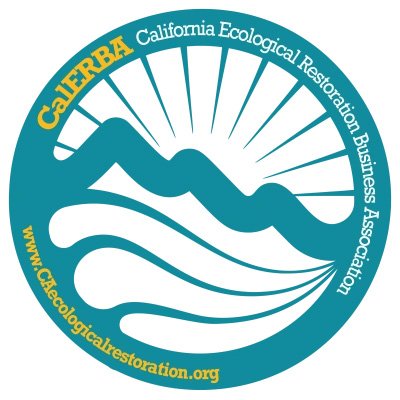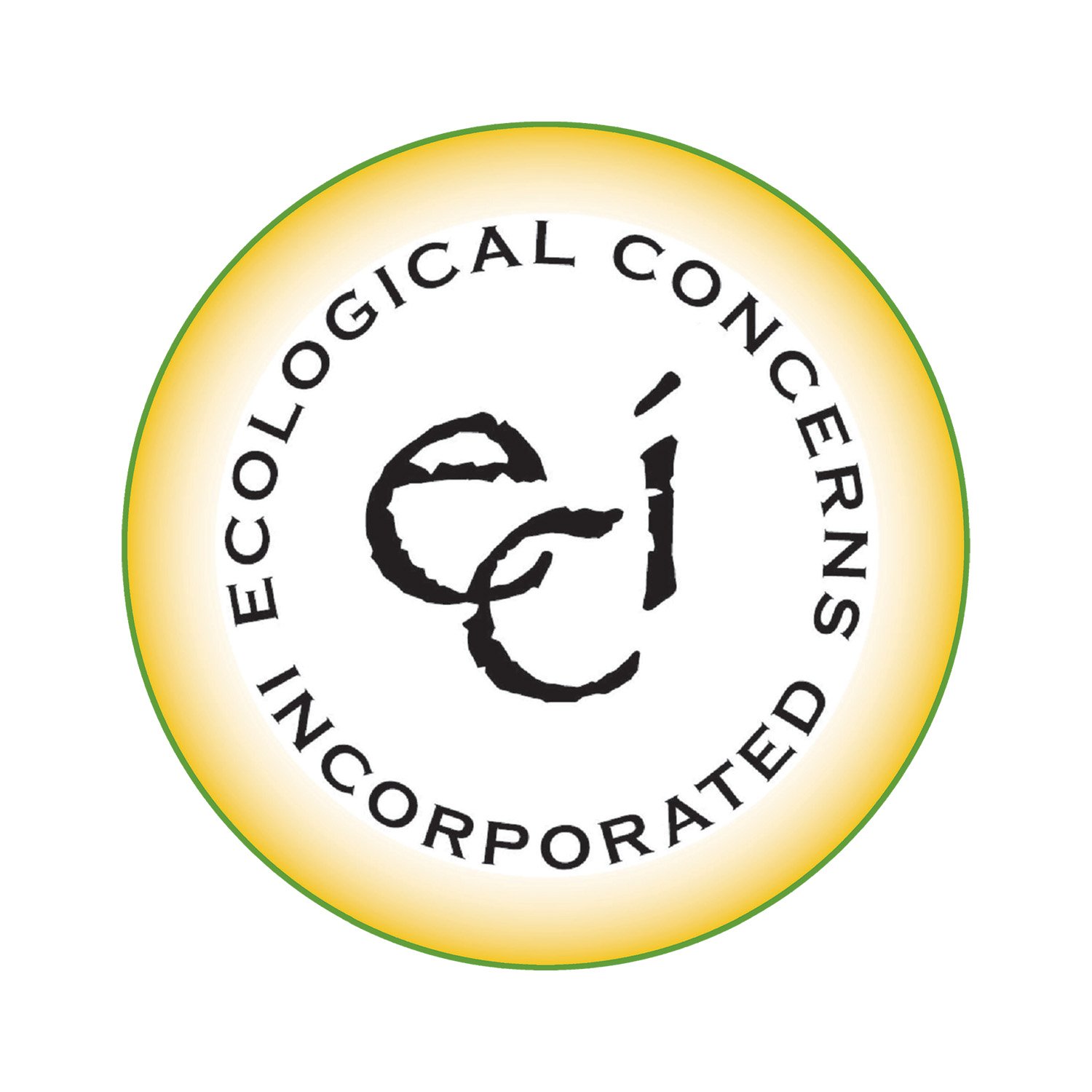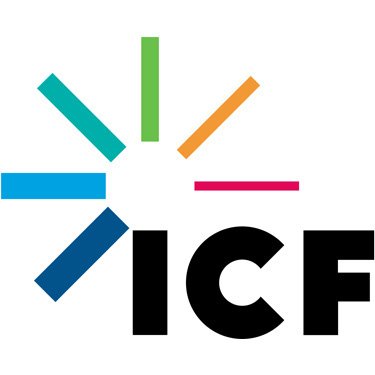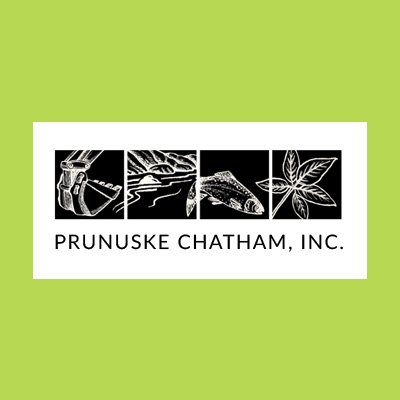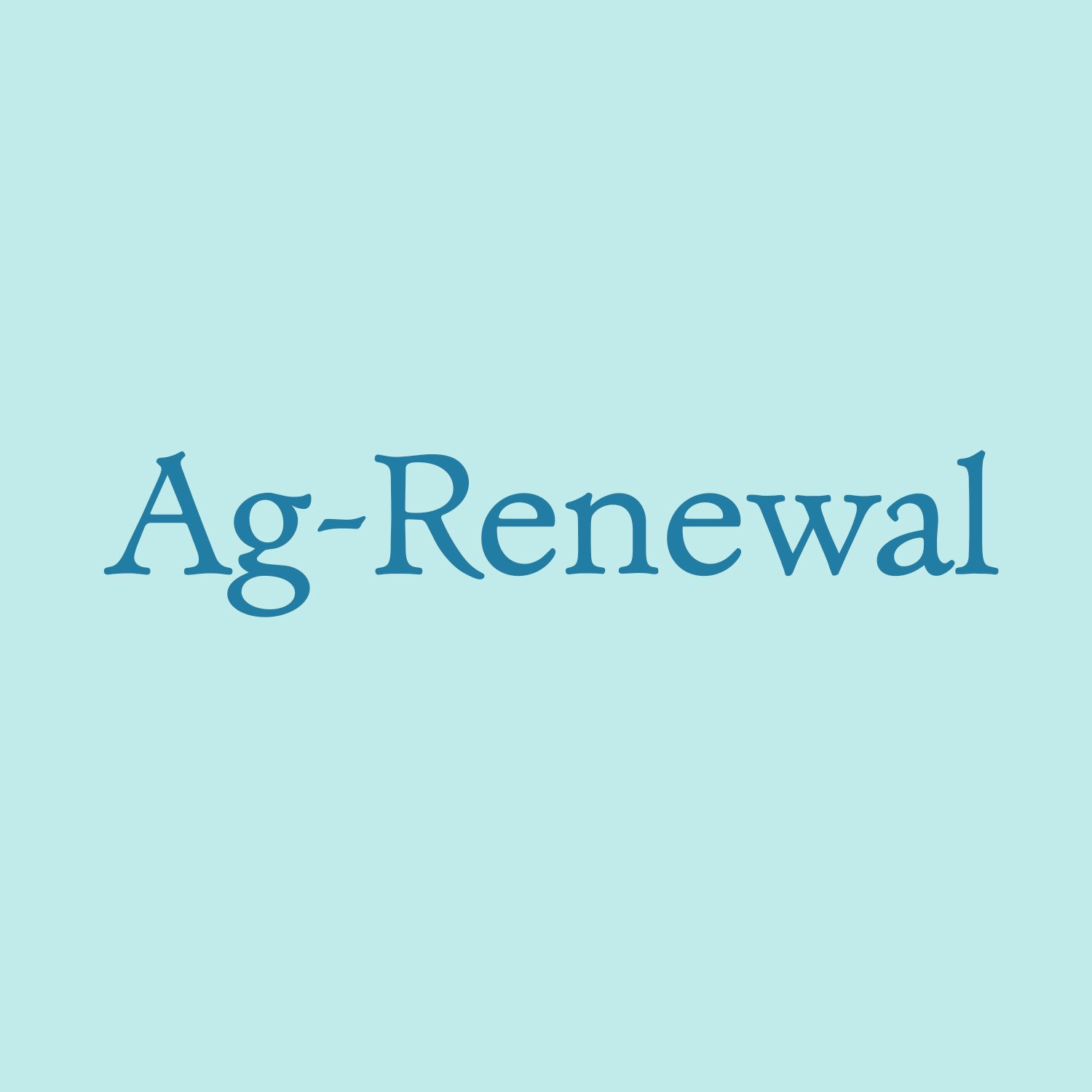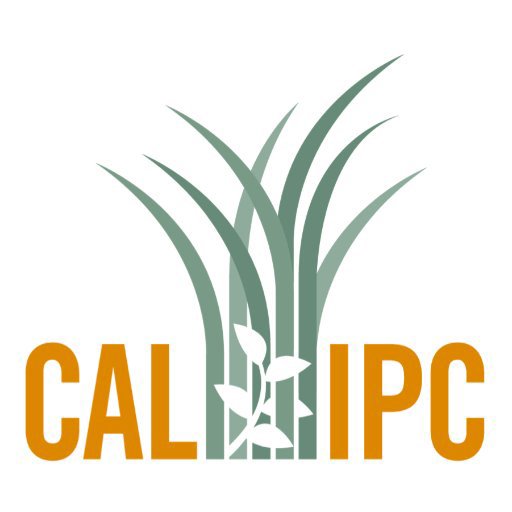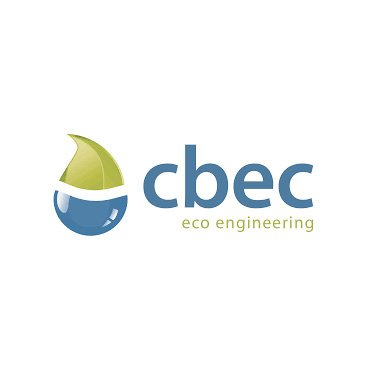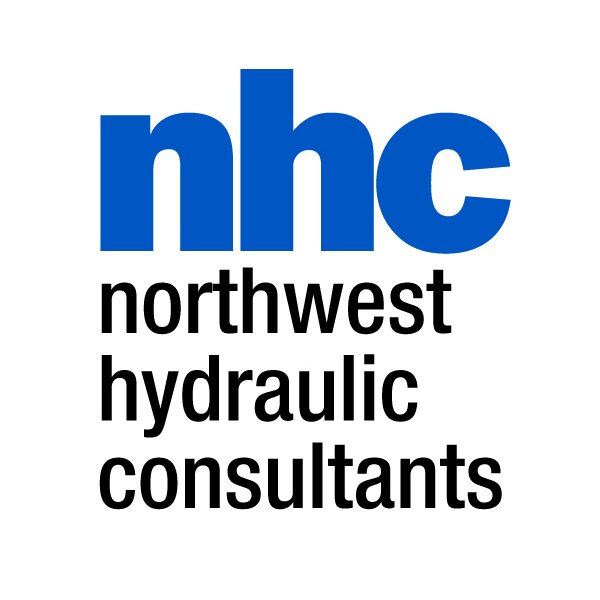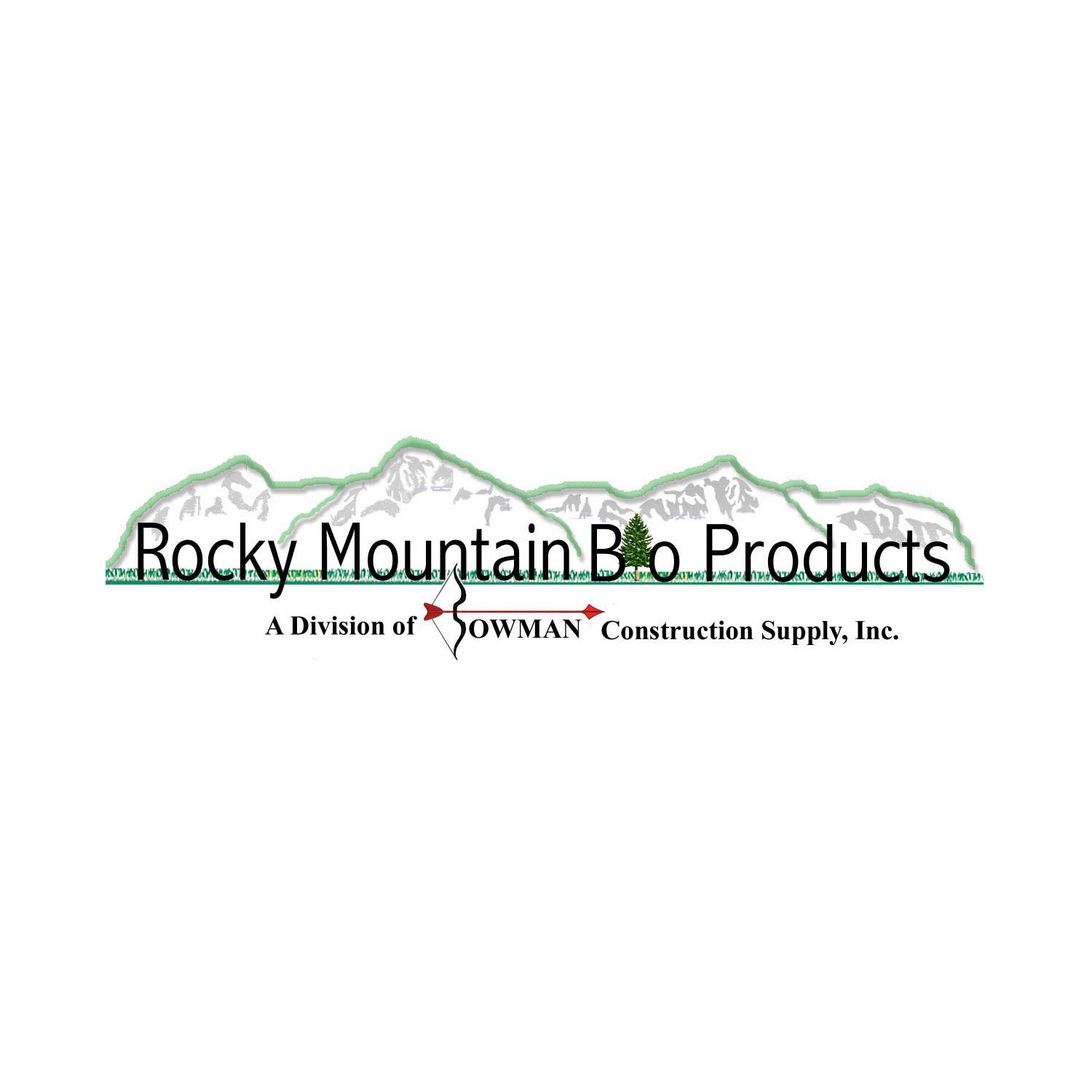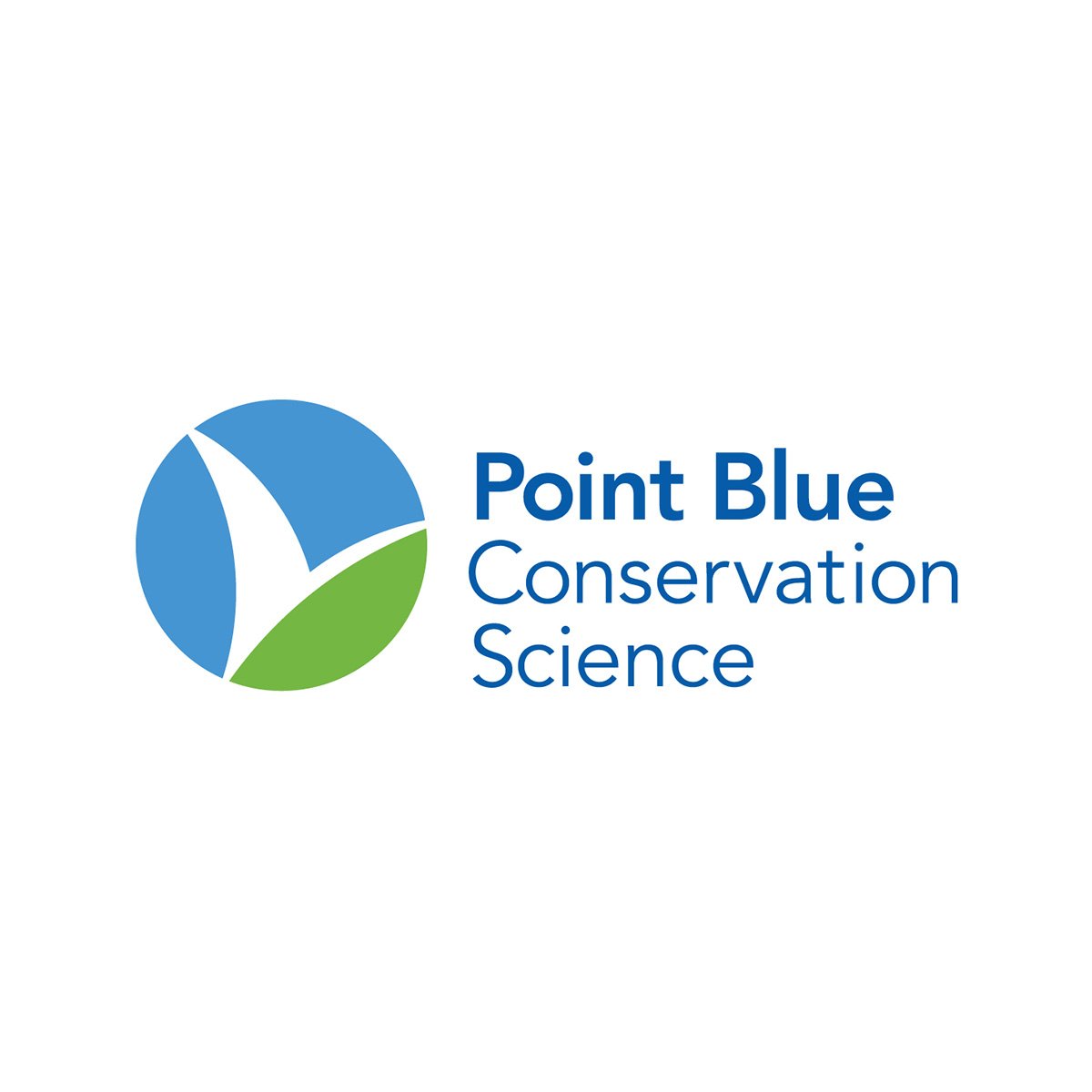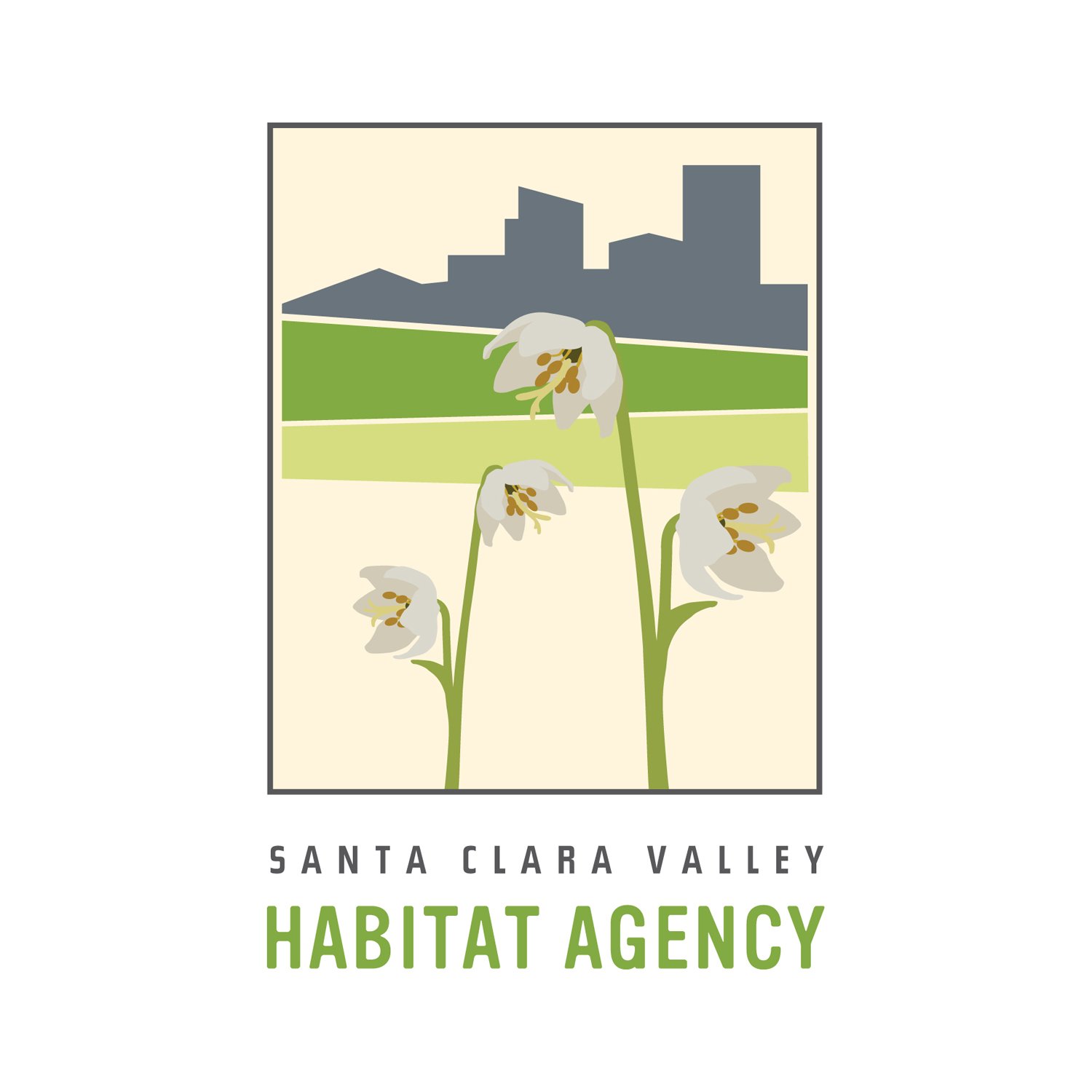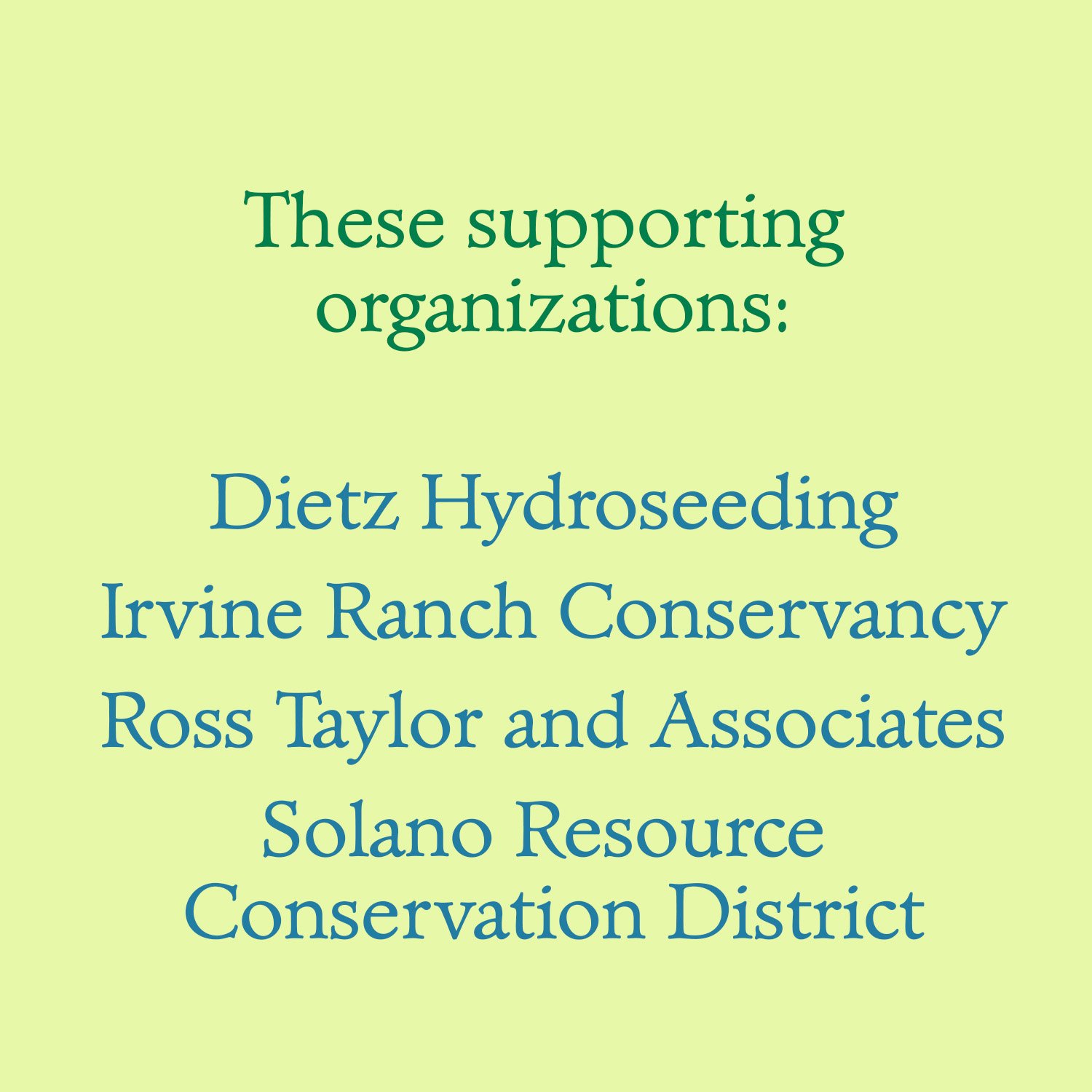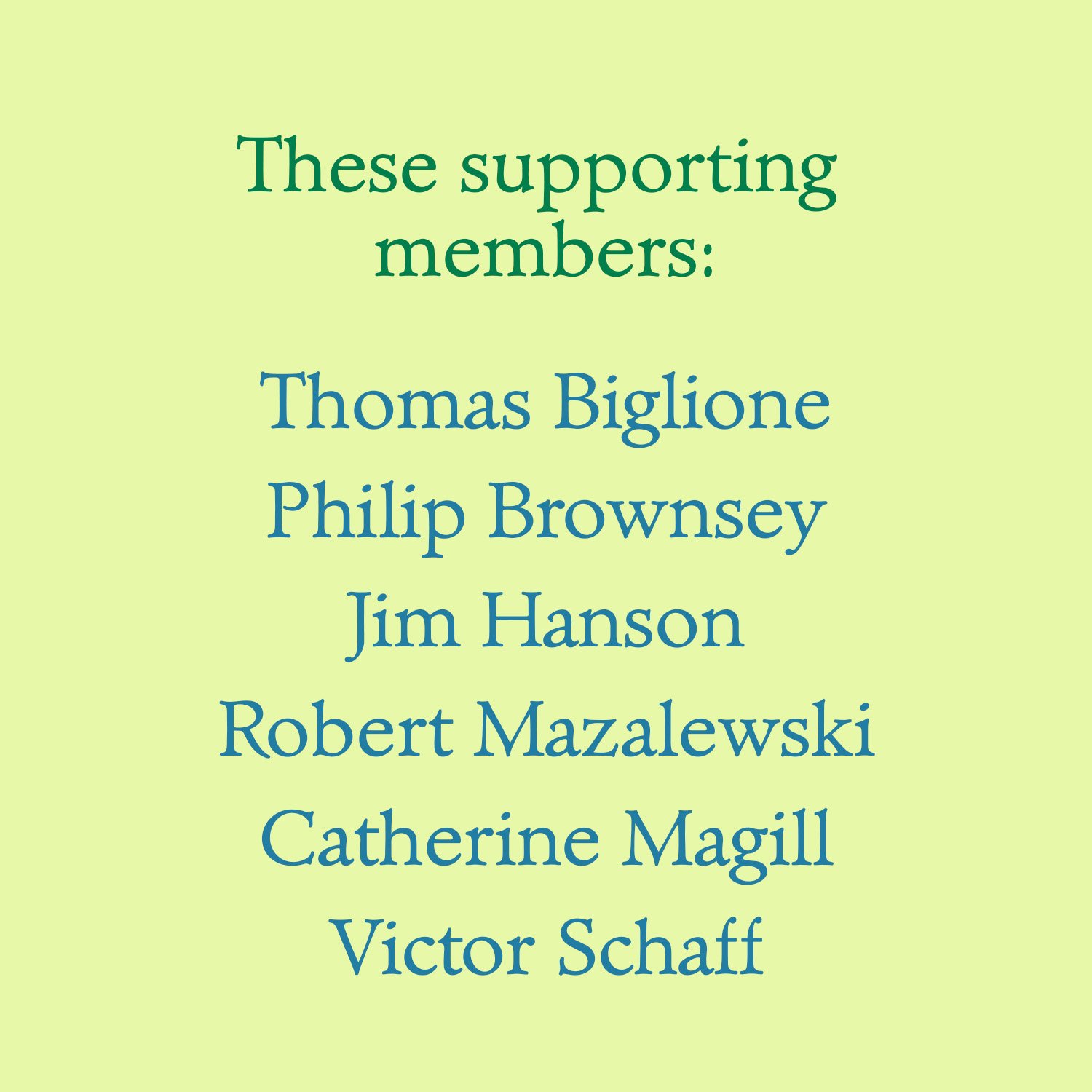So sorry, but we had to close fieldtrip registration
we kept it open as long as possible for you and even extended the deadline ;-/
We’re super excited to offer you these four wonderfully Southern Californian fieldtrips! It’s been too long since we’ve met in SoCal! Please read the fieldtrip deets carefully before you register — for those of you staying on campus, you can begin your dorm experience Tuesday evening! And whether you are staying in the dorm or in a nearby hotel (blocks are almost ready to publish), we will gather on campus to arrange carpooling. For those of you driving in that morning, we will send you the coordinates for where you’ll meet the leaders.
Fieldtrip registration is limited to conference attendees* — $55 for SERCAL members, $70 for non-members, and $40 for NextGen attendees. Lunch is provided. *Registration remains open and you can register below!
Now it’s time to scroll away OR follow these links the fieldtrip you’ve been waiting for!
Riverpark Mitigation Bank: from Planning to Implementation | Restoration Partnership Opportunities and Challenges in an Urban Forest | Oak Glen Preserve Wildflowers and Restoration Projects | Plunge Creek Tour: Upper Santa Ana River Wash
Riverpark Mitigation Bank: from planning to implementation — Weds May 8, 10am-2pm*
WHO WILL LOVE THIS FIELDTRIP? Restoration ecologists, botanists, mitigation banking planners, regulatory agency personnel, municipalities. Everyone.
Led by Stephanie Freed (TBD), Ecosystem Investment Partners, Assistant Director of Operations, Riverpark Project Manager, and Peter Tomsovic, HELIX Environmental Planning, Restoration Ecologist, Project Manager.
The Riverpark Mitigation Bank (Bank) currently encompasses approximately 613 acres of floodplains along the San Jacinto River. The Bank includes restoration, rehabilitation, and preservation of a mosaic of regionally unique vegetation communities including alkali playa, alkali scrub, alkali grassland, vernal pool, and stream habitats. The Bank was constructed in 2020 by removing levees along 2.2 miles of the San Jacinto River, allowing seasonal flows to spread across the historic floodplain. The Bank has wetland and aquatic resources under the jurisdiction of USACE, CDFW, and RWQCB, Riparian/Riverine resources under the Western Riverside County Multiple Species Habitat Conservation Plan (MSHCP), and species listed under the federal and state Endangered Species Acts. Open to the public for the first time, get an inside peek at an active mitigation bank and learn about the site’s history, planning, construction, maintenance, monitoring, adaptive management measures, and unique flora and fauna of San Jacinto and western Riverside County.
STOP #1: Meeting at 10am, Nuevo Road, Phase A. Key topics: • Project Overview • Bank Planning and Permitting • Design and Construction • Phase A site History/Performance
STOP #2: Meeting at 11:30am, 12th Street - Phase B, Phase D. Key topics: • Supplemental flood irrigation • Hydrology monitoring • Soil analysis • Annual botanical surveys • Sensitive species
STOP #3: Meeting at 1pm, 11th street Drain (North Side) - Phase B, Phase C. Key topics: • Maintenance strategy/challenges • Maintenance equipment • Biologist oversight • Bank management
The Riverpark Mitigation Bank provides a unique opportunity to restore and rehabilitate a relic vegetation communities within the region including the expansion of floodplain habitat, wetlands, and several listed plant species. Yearly interim performance criteria on annual-dominated habitats presents unique challenges that are largely driven by external factors such as fluctuating and unpredictable seasonal rainfall, site history, and adjacent land uses. Visitors will gain an appreciation for the opportunities and challenges that face this large-scale mitigation banking project.
*The Deets: Box lunch provided. We’ll gather to set up carpooling for those leaving from University of Redlands and send meeting details to those who are coming separately. The first stop is 41 minutes from Redlands Campus. Expect a full day in the sun with no shade and lots of walking on flat terrain. Bring hats, sunscreen, water, binoculars.
Restoration Partnership Opportunities and Challenges in an Urban Forest — Weds May 8, 8am-2:30pm*
WHO WILL LOVE THIS FIELDTRIP? Anyone interested in hearing about the benefits of a government agency and a non-profit working together towards the common goal of caring for the land and people to get the work done.
Led by Lisa Underwood and Linda Stamer, Southern California Mountains Foundation.
The US Forest Service has a big challenge, to manage heavy recreational use along with multiple other uses: resources, watershed, utilities, wildlife and beyond. Where there are challenges, there are also opportunities. The Southern California Mountains Foundation, a local non-profit, is teaming up to assist the Forest with their restoration efforts. Together they are facing the demands of managing, protecting and restoring the urban forest that is called the San Bernardino National Forest. With a spectacular view of snow-capped mountains, the Pinnacles Restoration site on the Mountaintop Ranger District is within an off highway vehicle (OHV) staging area, and is a sample of partnership success. This popular OHV staging area has undergone several stages of protection and restoration by the US Forest Service and the Mountains Foundation restoration teams, with help from volunteers, the Urban Conservation Corps and the State of California. Over the past 3 years, we have installed fencing to keep vehicles on trails, educated riders, collected native seed, and planted over 300 plants grown in the Forest Service Big Bear native plant nursery, a phytophthora-safe certified nursery. Working with a partner, whether governmental or non-profit, has its challenges and rewards. Learn about the long road of this symbiotic partnership that begins and ends with the health of the land in mind. The Urban Conservation Corps and our volunteer program, The Green Thumbs, are the “boots on the ground” to implementing our shared restoration goals.
*The Deets: This field trip will meet at the University of Redlands Campus at 8am on Weds 8 May, leaving at 8:30am. This field trip is 6 hrs. total, returning around 2:30pm. We’ll gather to set up carpooling for those leaving from University of Redlands and send meeting details to those who are coming separately. It’s about an hour’s drive from the campus into the mountains. High clearance vehicles are required, 4WD is not. There will only be about 500 ft. of hiking on steep, uneven terrain. Wear sturdy, closed-toe shoes, bring a water bottle, sun and eye protection are recommended. Dress in layers, it can start out cool and warm up. We will make multiple stops next to the road close to the restoration site, so we are encouraging fewer vehicles.
Box lunch provided. We’ll set up carpooling for those leaving from University of Redlands and send meeting details to other participants.
Oak Glen Preserve Wildflowers and Restoration Projects — Weds May 8, 9am-12pm*
WHO WILL LOVE THIS FIELDTRIP? There is something for everyone here, from restoration ecologists looking at adaptive management programs, to horticulturists and ornithologists (great birding!) as one walks through one of the largest native plant gardens in Southern California.
Led by Dr. Tim Krantz, Conservation Director for The Wildlands Conservancy with assistance from TWC Rangers and staff.
The Wildlands Conservancy's 900-acre Oak Glen Preserve hosts the Southern California Montane Botanic Garden, with more than 120 species of native plants, an Experimental Oak Woodland Project, and offering a moderate 2.5-mile hike through oak, box elder and riparian woodlands. The Artist's Palette garden venue should be in full bloom! In past years we re-created French impressionist painter Claude Monet's paint palette by digitally overlaying a photograph of the palette on the 6-acre hillside and then distributing $5,000 of native wildflower seeds, separated by color, to re-create the artist's palette with wildflowers. This year we are excited to offer a new venue, "Sendero del Sol"--Trail of the Sun--featuring native wildflowers separated by color to create a 2-acre white-yellow "sun" surrounded by a blue-purple "sky" in a 4-acre sea of California poppies and phacelias! Of particular interest to restoration ecologists, the Experimental Oak Woodlands Project is a cutting edge project to test oak species resistance to the invasive golden-spotted oak borer beetle, featuring the endemic Engelmann oak — threatened by urbanization and climate change--in this ex situ oak preserve and plantation. We are also undertaking a shaded fuel break and fuel modification program on the surrounding slopes and mountains, much of which burned in the wildfires of 2020.
*The Deets: The Preserve opens at 8am. Suggested meeting time at the Garden entryway at 9am, with a 2-hour walk and talk, and lunch back at the parking lot before heading back down to Redlands. The Preserve is about 25 minutes from the U Redlands campus, carpooling from Redlands is suggested. We’ll gather to set up carpooling for those leaving from University of Redlands and send meeting details to those who are coming separately. Plenty of parking is available. Wear good hiking shoes, sunscreen, hat, water, binocs. We can choose to do a short (1.5mi r.t.) easy walk into the Botanic Garden to see the experimental oak woodland project and native plant garden displays, and an option to do the 2.5mi moderate loop trail, traversing box elder, oak and riparian woodlands, a perennial stream and ponds. Really good BBQ, apple cider, pies, etc. for lunch upon return to the parking lot.
Plunge Creek Tour: Upper Santa Ana River Wash — Weds May 8, 8am–12pm*
WHO WILL LOVE THIS FIELDTRIP? Everyone
Led by Milan Mitrovich, PhD, Land Resources Manager, San Bernardino Valley Water Conservation District.
Participants will have the chance to experience the rare and largely open Riversidean alluvial fan sage scrub and juniper woodland habitat making up much of the Upper Santa Ana River Wash as they learn about management activities implemented by the San Bernardino Valley Water Conservation District on the Plunge Creek Conservation Project. Management activities are designed to support the endangered San Bernardino kangaroo rat, Santa Ana River Woolly-star, and slender-horned spineflower, all state and federally listed species protected under the Upper Santa Ana River Wash Habitat Conservation Plan. The tour will involve upwards of three hours in the field outside of vehicles traveling on foot over uneven terrain. Depending on weather conditions, Plunge Creek may be flowing.
The Upper Santa Ana River Wash is a wonderfully unique place in southern California with exceptional natural and cultural resource values. Working to learn about and recover the natural communities present within this landscape, all the while strengthening the bond the local human community has to this immense resource, is well worth the effort.
*The Deets: Plan to arrive at the site by 8:00 AM. The tour will be leaving the meeting area promptly at 8:30 AM, returning by 12pm. For those wanting to carpool, we’ll gather on campus to set up carpooling and send meeting details to those who are coming separately. Meeting location is at the end of Abbey Way, Highland, CA 92346. Travel time from University of Redlands: 15 minutes. Participants are encouraged to dress appropriately for being out in the field and to bring water. Binoculars, snacks, sunblock, a hat, and hiking boots are encouraged. Any fording of the creek bed could result in participants temporarily having wet shoes and socks if the creek is flowing. Box lunch provided.
